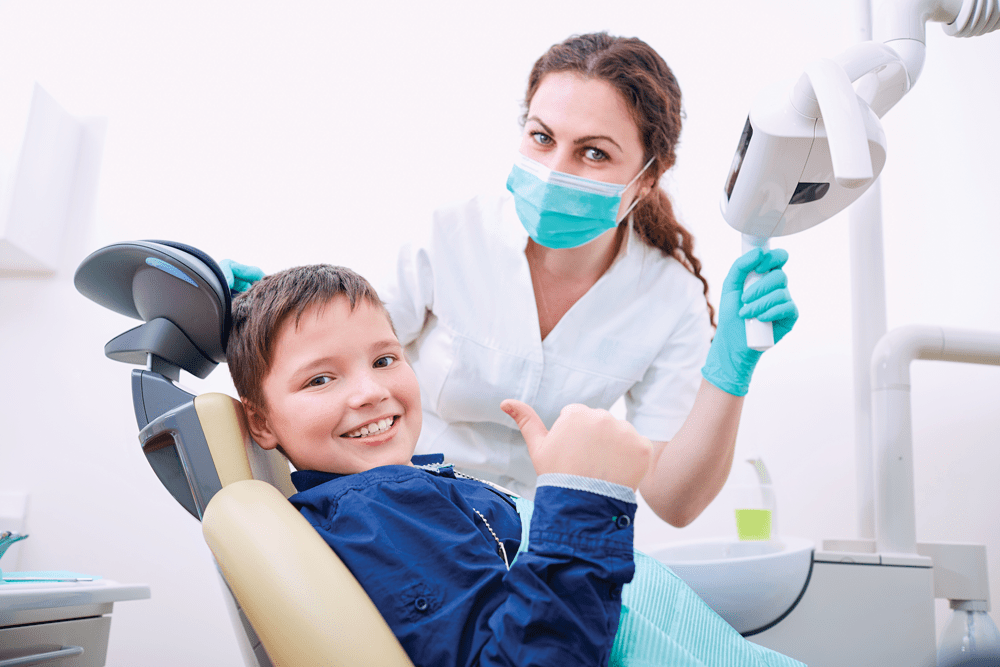Dental emergencies can strike at any moment, leaving you in pain and uncertainty about what to do next. Whether it’s a severe toothache, a broken tooth, or a dental injury from an accident, knowing what to expect during an emergency dentist Calabasas CA visit can help alleviate anxiety and ensure you receive the appropriate care. This comprehensive guide will walk you through the process of visiting an emergency dentist, what treatments may be necessary, and how to follow up afterward.
Understanding Emergency Dentistry
What Is an Emergency Dentist?
An emergency dentist is a dental professional who specializes in diagnosing and treating urgent dental issues that require immediate attention. Unlike regular dental visits that focus on routine care, emergency dentistry addresses conditions that can cause severe pain, infection, or loss of teeth.
Common Dental Emergencies
Before your visit, it’s essential to recognize what constitutes a dental emergency. Common issues include:
• Severe toothache: Often a sign of decay or infection.
• Broken or chipped teeth: Can occur due to trauma or biting hard objects.
• Knocked-out teeth: Immediate action can save the tooth if handled correctly.
• Abscesses or swelling: Indicating infection that needs urgent care.
• Orthodontic emergencies: Such as loose or broken dental braces Calabasas CA.
Preparing for Your Visit
Finding a Dental Clinic
In case of an emergency, knowing where to go is crucial. Look for a local dental clinic that offers emergency services. Consider the following tips:
• Research ahead of time: Find a clinic that is open after hours or offers 24/7 emergency care.
• Check reviews: Look for clinics with positive feedback regarding emergency treatments.
• Know the location: Familiarize yourself with the clinic’s address and directions beforehand.
What to Bring
When visiting an emergency dentist, having the right information and documents can streamline your visit:
• Identification: Bring a government-issued ID.
• Insurance information: If you have dental insurance, bring your card.
• List of medications: Inform the dentist of any medications you are currently taking.
What Happens During an Emergency Dentist Visit
1. Initial Assessment
Arriving at the Clinic
Upon arriving at the dental clinic, you will typically check in at the front desk. Depending on the clinic’s policy, you may need to fill out some paperwork related to your emergency.
Medical History Review
The dentist will conduct an initial assessment by reviewing your medical history, which may include:
• Allergies
• Current medications
• Previous dental work
2. Diagnosis
Examination
The dentist will perform a thorough examination of your teeth and gums, often using X-rays to get a clear picture of the underlying issues. They will evaluate:
• Tooth decay or infection
• Damage to teeth or jaw
• Gum health
3. Treatment Options
Immediate Care
Based on the diagnosis, the dentist will discuss treatment options tailored to your situation. Here are common treatments you might expect:
• Pain Relief: If you’re experiencing severe pain, the dentist may provide immediate relief through medication or a nerve block.
• Dental Restoration: For broken or chipped teeth, treatments may include dental bonding, crowns, or veneers.
• Extractions: If a tooth is severely damaged or infected, extraction may be necessary.
• Root Canals: For infections or decay affecting the tooth pulp, a root canal may be required to save the tooth.
4. Post-Treatment Care
Follow-Up Instructions
After treatment, the dentist will provide detailed aftercare instructions, which may include:
• Pain management: Instructions on taking prescribed medications or over-the-counter pain relievers.
• Dietary restrictions: Recommendations on what to eat or avoid during the recovery period.
• Hygiene tips: Guidelines for maintaining oral hygiene post-treatment.
Scheduling Follow-Up Appointments
Depending on the nature of your emergency, you may need to schedule follow-up visits with the emergency dentist or other specialists, such as a periodontist for gum issues or your regular dentist for routine care.
Tips for Handling Dental Emergencies
1. Act Quickly
Time is of the essence in a dental emergency. The sooner you seek treatment, the better the chances of preserving your teeth and minimizing pain.
2. Stay Calm
While it’s natural to feel anxious, try to stay calm. Anxiety can make the situation feel worse than it is.
3. Follow First Aid Protocols
For certain emergencies, such as a knocked-out tooth, follow these first aid tips:
• Handle the tooth by the crown, not the root.
• Rinse it gently with water if dirty.
• If possible, place the tooth back in its socket or keep it in a glass of milk.
Conclusion
Experiencing a dental emergency can be overwhelming, but knowing what to expect during your visit to an emergency dentist can significantly ease your anxiety. From the initial assessment to treatment and follow-up care, understanding the process empowers you to take swift action in critical situations.
Remember that a dental clinic equipped for emergencies can provide the immediate care you need to alleviate pain and address urgent dental issues. Don’t hesitate to reach out for help—your oral health is vital, and taking prompt action can make all the difference.
In the future, ensure you have a trusted emergency dentist on speed dial, and prioritize regular dental check-ups to help prevent emergencies from occurring in the first place. Your smile deserves the best care possible, so don’t wait until it’s too late!
